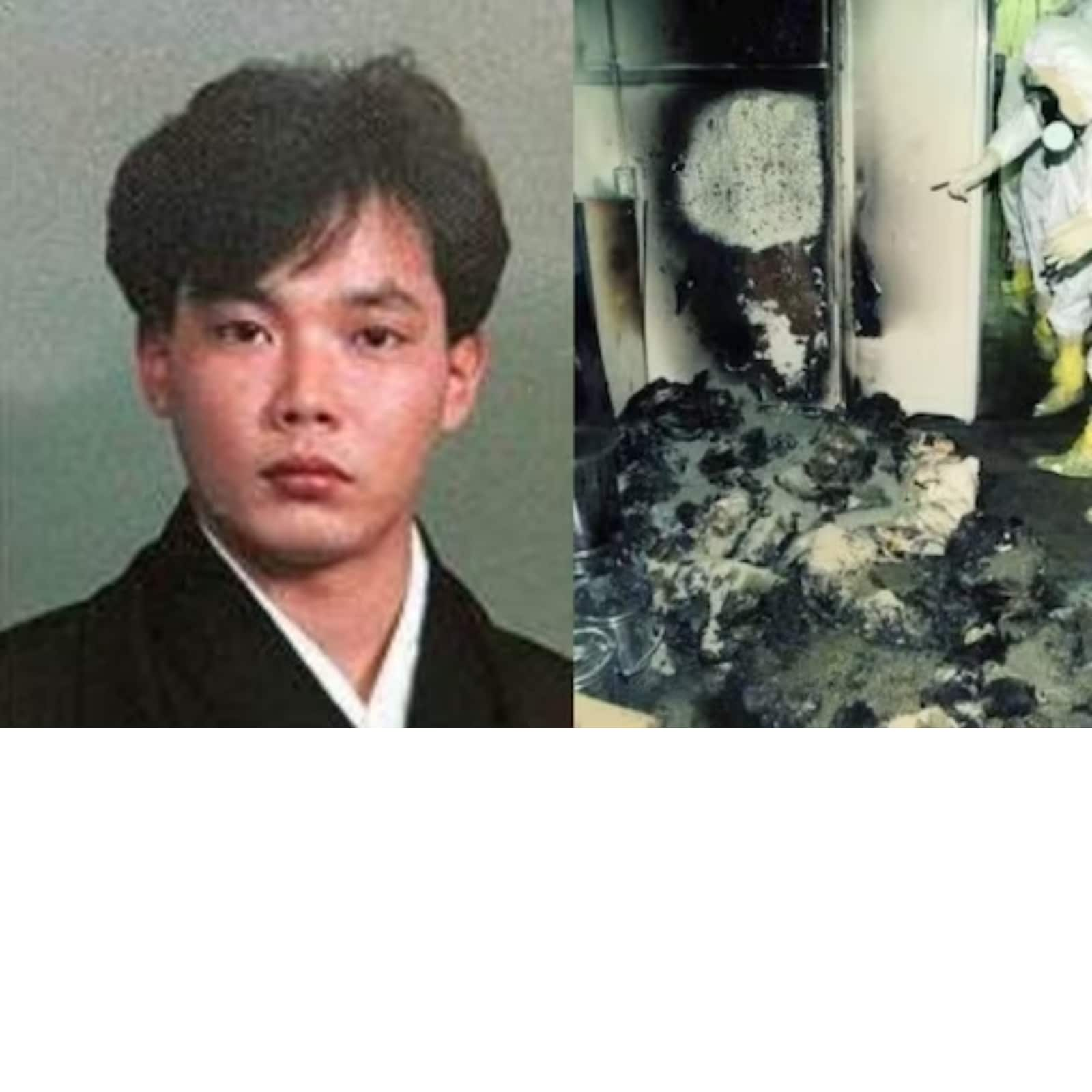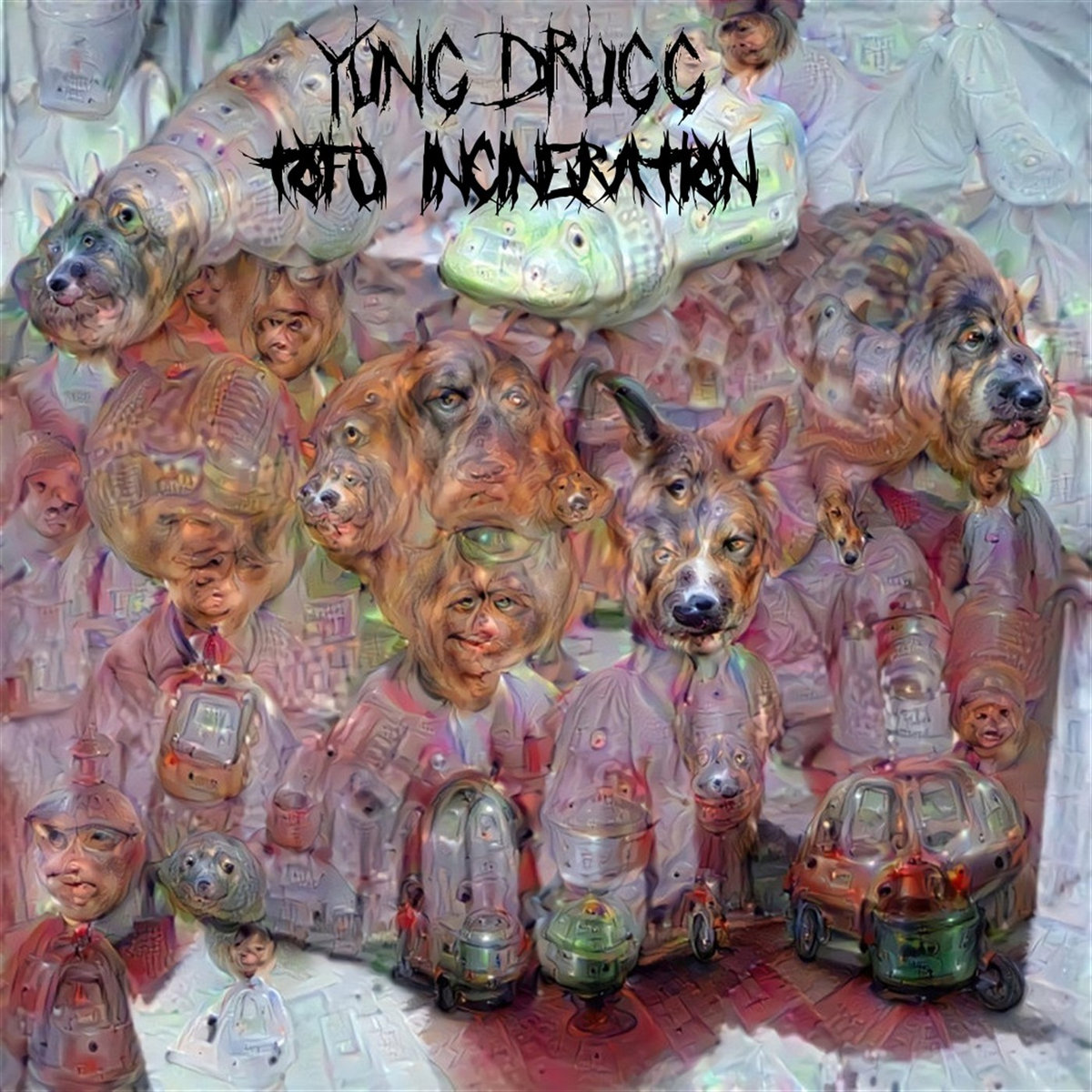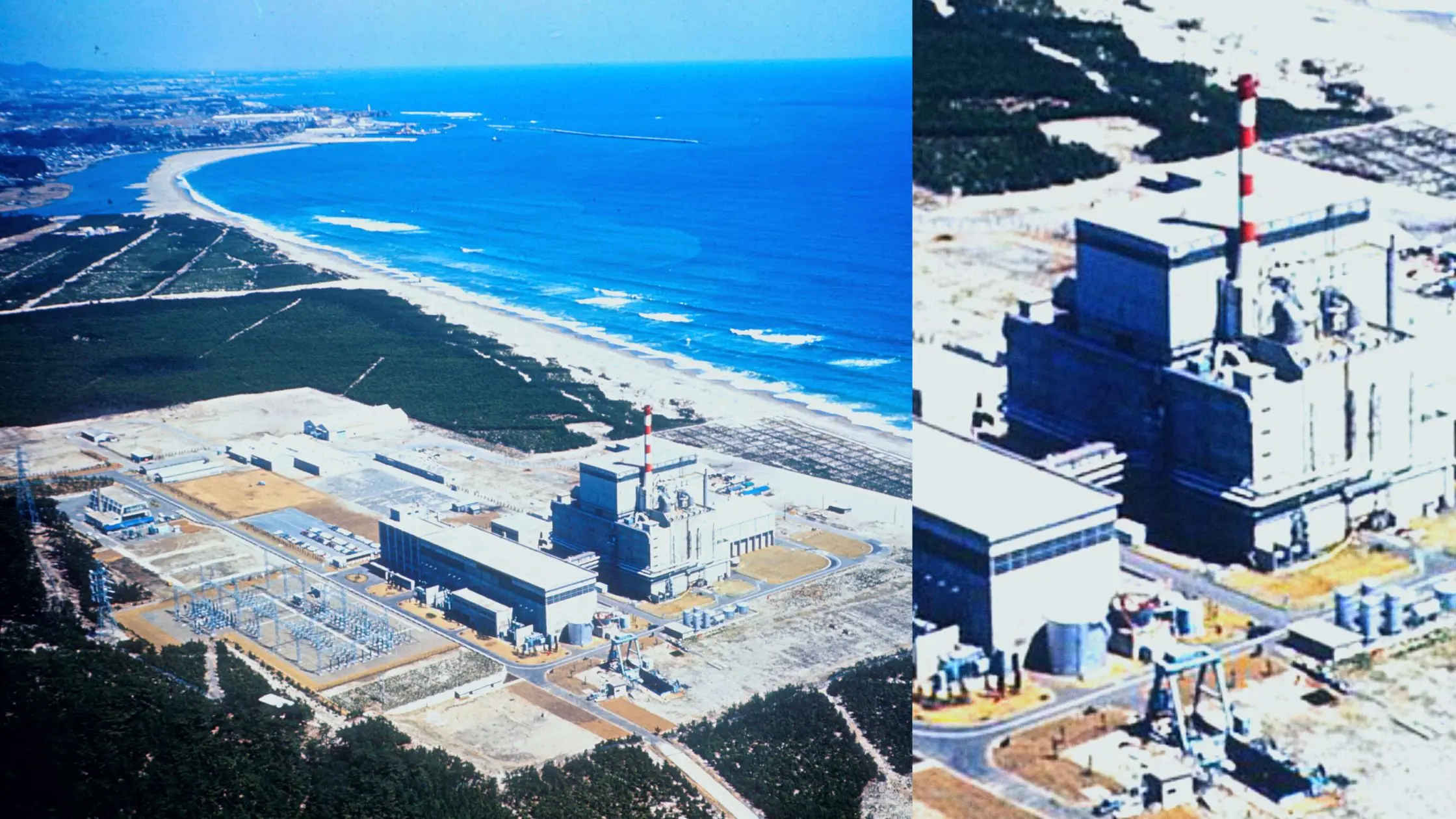Hisashi Ouchi Photos: A Deep Dive Into The Iconic Images And Legacy
When we talk about Hisashi Ouchi photos, we're diving into a world of raw emotion, resilience, and the power of human spirit captured through a lens. Hisashi Ouchi's story is not just about photography; it's about the impact one individual can have on the world, even amidst unimaginable adversity. His photos have transcended time, becoming symbols of strength and survival. They remind us of the resilience of the human spirit and the importance of documenting history, no matter how painful it may be.
This is more than just a collection of images. It's a narrative that spans decades, capturing moments that shaped not only Hisashi Ouchi's life but also the lives of countless others who witnessed the aftermath of tragedy. Hisashi's journey through the lens is one that speaks volumes about the power of storytelling through photography.
So, why are Hisashi Ouchi photos so important? They're not just pictures; they're records of history, testaments to survival, and reminders of the cost of human error. As we explore this topic, we'll uncover the layers behind these iconic images and the man behind the camera. Let's dive in and unravel the story that continues to inspire and educate generations.
Table of Contents
- Biography of Hisashi Ouchi
- Early Life and Background
- The Tokaimura Nuclear Accident
- Impact of Hisashi Ouchi Photos
- Medical Details and Legacy
- Public Reaction and Media Coverage
- Long-Term Effects on Society
- Ethical Considerations in Reporting
- Historical Context of Nuclear Accidents
- Steps Toward Future Prevention
Biography of Hisashi Ouchi
Who Was Hisashi Ouchi?
Hisashi Ouchi, born in Japan, became one of the most recognizable faces associated with nuclear accidents due to the tragic events surrounding the Tokaimura criticality accident in 1999. While not a professional photographer by trade, his images captured during his hospitalization became iconic symbols of the dangers of nuclear energy and the human cost of such accidents.
Here’s a quick snapshot of Hisashi Ouchi's life:
| Full Name | Hisashi Ouchi |
|---|---|
| Date of Birth | March 24, 1966 |
| Occupation | Worker at JCO Nuclear Fuel Processing Plant |
| Place of Accident | Tokaimura, Japan |
| Notable Event | Tokaimura Criticality Accident (September 30, 1999) |
Hisashi Ouchi's legacy is tied to the images that emerged during his treatment, which highlighted the devastating effects of radiation exposure. These photos became a powerful reminder of the dangers of nuclear energy and the importance of safety protocols.
- Kirstentoosweet Leaks The Untold Stories Behind The Sensation
- Aishah Sofey The Unveiling Of Onlyfans Leaks
Early Life and Background
Growing Up in Japan
Hisashi Ouchi grew up in a small town in Japan, where nuclear energy was becoming an increasingly important part of the national energy strategy. Like many young men of his time, he sought employment in industries that promised stability and growth. Hisashi eventually found work at the JCO nuclear fuel processing plant in Tokaimura, a decision that would tragically define his life.
The JCO plant was known for its role in producing nuclear fuel, but it lacked the stringent safety measures that are now standard in the industry. Hisashi's role at the plant was relatively routine until the fateful day of September 30, 1999, when everything changed.
The Tokaimura Nuclear Accident
The Tokaimura accident remains one of the worst nuclear incidents in Japanese history. On that day, Hisashi Ouchi and two other workers were mixing uranium in a precipitation tank. A criticality incident occurred when the mixture reached a self-sustaining chain reaction, releasing a burst of neutron radiation and gamma rays.
This was no ordinary accident. Hisashi Ouchi received a lethal dose of radiation, estimated at over 17 sieverts, which is far beyond the survivable threshold. His body was ravaged by radiation sickness, and his condition deteriorated rapidly. The images of Hisashi during this time would later become some of the most haunting and impactful photos in nuclear history.
Why Were Hisashi Ouchi Photos Taken?
The photos of Hisashi Ouchi were taken during his hospitalization to document the effects of radiation exposure for medical and scientific purposes. These images were crucial in understanding the biological impact of high-level radiation on the human body. They also served as a stark reminder of the dangers of nuclear accidents and the importance of safety protocols.
While the images were initially used for medical purposes, they quickly gained widespread attention, becoming symbols of the human cost of nuclear disasters.
Impact of Hisashi Ouchi Photos
How Did the Photos Change Public Perception?
The Hisashi Ouchi photos had a profound impact on public perception of nuclear energy. They brought the harsh realities of radiation exposure to the forefront, sparking debates about nuclear safety and the future of nuclear power. These images were not just scientific data; they were emotional narratives that resonated with people around the world.
- They highlighted the importance of strict safety protocols in nuclear facilities.
- They served as a warning against complacency in the face of potential disasters.
- They humanized the statistics and data surrounding nuclear incidents, making the issue more relatable and urgent.
The emotional weight of these photos cannot be overstated. They transformed a technical issue into a deeply personal one, urging people to reconsider their stance on nuclear energy.
Medical Details and Legacy
Hisashi Ouchi's medical journey was nothing short of harrowing. Doctors from around the world gathered to study and treat his condition, but the damage was irreparable. His body suffered extensive organ failure, and despite the best efforts of medical professionals, Hisashi passed away 83 days after the accident.
His case remains one of the most extensively studied in medical history, providing valuable insights into the effects of extreme radiation exposure. The legacy of Hisashi Ouchi extends beyond the medical field, influencing policy changes and safety regulations in the nuclear industry.
What Can We Learn From Hisashi's Story?
Hisashi Ouchi's story teaches us the importance of vigilance and preparedness. It reminds us that the stakes are incredibly high when it comes to nuclear energy, and even a minor oversight can lead to catastrophic consequences.
Through Hisashi's story, we learn:
- The need for comprehensive safety training and protocols in nuclear facilities.
- The importance of transparency and accountability in the nuclear industry.
- The necessity of public awareness and education about the risks and benefits of nuclear energy.
Public Reaction and Media Coverage
How Did the World Respond?
The public reaction to the Tokaimura accident and Hisashi Ouchi's story was overwhelming. Media outlets around the world covered the incident extensively, bringing attention to the dangers of nuclear energy. The images of Hisashi Ouchi became a focal point of the coverage, sparking discussions about nuclear safety and policy.
People were moved by Hisashi's story, seeing it as a tragic reminder of the potential consequences of human error. The media played a crucial role in shaping public opinion, using Hisashi's photos to illustrate the real-world impact of nuclear accidents.
Long-Term Effects on Society
The long-term effects of the Tokaimura accident extend beyond the immediate tragedy. It led to significant changes in nuclear safety regulations and increased scrutiny of nuclear facilities worldwide. Governments and organizations began to prioritize safety over efficiency, recognizing the importance of preventing future incidents.
Hisashi Ouchi's photos continue to influence discussions about nuclear energy, serving as a powerful reminder of the human cost of such accidents. They have inspired generations to advocate for safer energy solutions and more stringent safety measures.
Ethical Considerations in Reporting
Is It Right to Share Such Images?
There are ethical considerations surrounding the sharing of Hisashi Ouchi's photos. While they provide invaluable insights into the effects of radiation exposure, they also raise questions about privacy and consent. The images capture a deeply personal and vulnerable moment in Hisashi's life, raising concerns about the ethics of using them for public consumption.
Despite these concerns, the photos have played a crucial role in raising awareness and driving change. They remind us of the importance of balancing the need for information with respect for individual dignity.
Historical Context of Nuclear Accidents
The Tokaimura accident is part of a larger historical context of nuclear incidents that have shaped our understanding of nuclear energy. From Chernobyl to Fukushima, each accident has contributed to our knowledge and influenced policy decisions. Hisashi Ouchi's story is a chapter in this ongoing narrative, highlighting the ongoing challenges and responsibilities of the nuclear industry.
Steps Toward Future Prevention
Preventing future nuclear accidents requires a multi-faceted approach. It involves improving safety protocols, enhancing worker training, and increasing public awareness. The lessons learned from incidents like the Tokaimura accident are invaluable in shaping a safer nuclear future.
As we move forward, it's crucial to remember the stories of individuals like Hisashi Ouchi, whose lives were forever changed by nuclear accidents. Their stories serve as a powerful reminder of the importance of vigilance and responsibility in the nuclear industry.
Conclusion
Hisashi Ouchi photos are more than just images; they're testaments to the resilience of the human spirit and the importance of learning from tragedy. They remind us of the dangers of nuclear energy and the critical need for safety and responsibility in the industry.
As we reflect on Hisashi's story, let's take action. Share this article, leave a comment, or explore more content on nuclear safety. Together, we can honor Hisashi's memory by striving for a safer, more informed future.
- Unveiling The Truth Behind Talissa Smalley Leaked A Deep Dive
- Exploring The Intricacies Of Kim Soo Hyuns Relationship Journey

Hisashi Ouchi Images

The Horrific Tale Of Hisashi Ouchi The Man Who Survived 83 Days

Hisashi Ouchi, The Japanese Technician Who Suffered The Worst Nuclear